
How to Choose Rain Shower Heads for Optimal Water Pressure and Experience
In the pursuit of an invigorating and luxurious bathing experience, selecting the right Rain Shower Head is paramount. According to a report by the Environmental Protection Agency, water usage in the bathroom accounts for nearly 70% of total indoor water consumption, underscoring the need for a balance between water efficiency and performance. A well-chosen rain shower head can enhance water pressure while providing the soothing experience akin to standing in a warm rain, with models that can deliver up to 2.5 gallons per minute while still maintaining optimal pressure. Moreover, industry studies reveal that consumers report a 75% improvement in their shower experience when switching to high-quality rain shower heads, illustrating the significant impact of this fixture on daily routines. In this guide, we will explore various factors, including flow rates, design features, and installation options, to help you choose the perfect rain shower head that aligns with your preferences and water conservation goals.
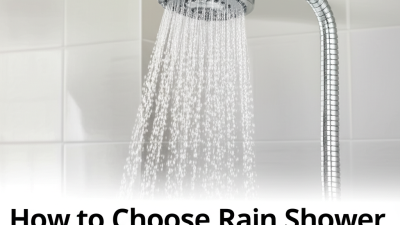
Understanding Different Types of Rain Shower Heads for Better Water Pressure
When selecting a rain shower head, it’s essential to understand the various types available, as each design can significantly affect water pressure and overall shower experience. Traditional rain shower heads often feature a larger, flat surface that provides a gentle, rain-like sensation. These models are typically mounted directly on the ceiling and can create a luxurious waterfall effect, although they may require a strong plumbing system to maintain adequate pressure.
On the other hand, handheld rain shower heads offer versatility, allowing users to enjoy both focused and dispersed water flow. These models can also be mounted on a wall or used as handheld units, making them ideal for families or individuals who prefer a more personalized shower experience.
Additionally, some innovative designs incorporate pressure-boosting technology, ensuring a satisfying flow rate even in homes with low water pressure.
By considering the different types of rain shower heads and their impact on water pressure, homeowners can make informed choices to enhance their showering experience.
Key Factors to Consider When Choosing Rain Shower Heads
When selecting a rain shower head, several key factors play a crucial role in ensuring optimal water pressure and an enjoyable showering experience. First, consider the flow rate of the shower head, typically measured in gallons per minute (GPM). According to the Environmental Protection Agency, shower heads manufactured post-1992 should have a maximum flow rate of 2.5 GPM. However, high-efficiency models can offer satisfying performance at 1.8 GPM or lower, allowing for water conservation without sacrificing pressure.
Another critical aspect to evaluate is the shower head's spray pattern and coverage. Rain shower heads often feature broader, flat designs that mimic the sensation of natural rainfall. Reports from the American Society of Plumbing Engineers indicate that optimal coverage is achieved through adjustable nozzles, allowing users to customize the experience based on personal preference.
Tips: For enhanced pressure, consider a shower head with water-saving technology that incorporates pressurized air infusion, providing the sensation of a higher flow rate without increased water consumption. Additionally, ensure compatibility with your existing plumbing system, as some high-flow models require specific pipe configurations to maintain adequate pressure. Always check for user reviews to gauge real-life experiences regarding water flow and consistency.
Adjusting Your Plumbing for Enhanced Rain Shower Experience
When considering an optimal rain shower experience, adjusting your plumbing can significantly enhance water pressure and overall functionality. Low water pressure can transform an otherwise luxurious rainfall-style shower into a lackluster experience. To counter this, one might evaluate existing plumbing systems to ensure they can handle the demands of a new rain shower head. Simple upgrades, like wider pipes or pressure-regulating valves, can effectively boost water flow, ensuring a rejuvenating shower that feels both fulfilling and spa-like.
Moreover, the selection of the right showerhead plays a pivotal role in your showering experience. It's crucial to choose models that are designed to perform well even in low-pressure situations. Many affordable showerheads in the market have been tested and found to provide powerful water flow while maintaining elegant design. Features like adjustable spray patterns and easy installation also contribute to the overall convenience of integrating these fixtures into your bathroom remodel or renovation. With the right adjustments and a carefully chosen showerhead, transforming your daily routine into a luxurious escape is entirely achievable.
How Flow Rate and Spray Patterns Affect Your Shower Experience
When choosing rain shower heads, understanding flow rate and spray patterns is crucial for enhancing your shower experience. The flow rate, typically measured in gallons per minute (GPM), directly impacts how powerful and satisfying your shower feels. For optimal performance, a flow rate between 2.5 GPM and 3.0 GPM is recommended. This ensures a strong, fulfilling spray without compromising water efficiency. Additionally, various spray patterns, such as massage, rainfall, or mist, cater to different preferences, allowing for a personalized shower experience.
To elevate your shower routine, consider the following tips:
- First, look for shower heads equipped with multiple spray patterns to accommodate various moods and needs—whether you seek a gentle rainfall or a powerful massage.
- Second, opting for a filtered shower head can significantly enhance your skin and hair health, especially in areas with hard water. A filtered shower head can help remove chlorine and other impurities, leading to softer skin and shinier hair.
- Lastly, ensure the materials used in the shower head are durable and resistant to corrosion, as this will provide longevity and consistent performance.
Tips for Installation and Maintenance of Rain Shower Heads
When installing a rain shower head, proper setup is essential for both functionality and aesthetics. Begin by ensuring the existing plumbing is compatible; the water supply should provide sufficient pressure for an optimal showering experience. Choose a location that allows for ample space, as rain shower heads often have a broader spray pattern. During installation, use adjustable mounting brackets to achieve the desired height and angle, ensuring a comfortable position for users. Seal any joints with plumber's tape to prevent leaks and maximize water flow.
Maintenance of rain shower heads is equally important to sustain their performance over time. Regularly check for mineral buildup, especially in areas with hard water. Soaking the shower head in a vinegar solution can help dissolve these deposits. Additionally, wipe down the shower head with a soft cloth to keep it clean and shiny. Inspect the water pressure periodically; if you notice a drop, it could indicate a blockage in the shower head or plumbing, which should be addressed promptly to maintain the shower's quality. Following these tips can enhance your rain shower experience, ensuring it remains enjoyable for years to come.
Related Posts
-
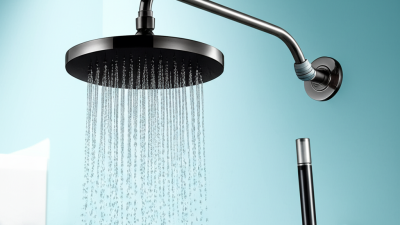
7 Best Rain Shower Head Options for a Luxurious Experience
-
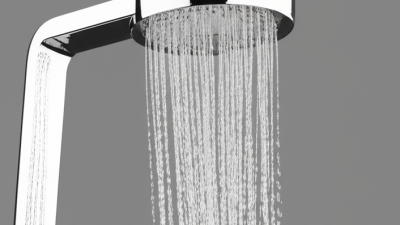
15 Best Bathroom Shower Head Options You Need to Try Today
-
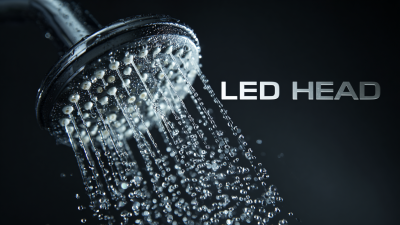
2025 Best LED Shower Head Innovations Shaping the Future of Smart Bathrooms With 30 Percent Growth
-
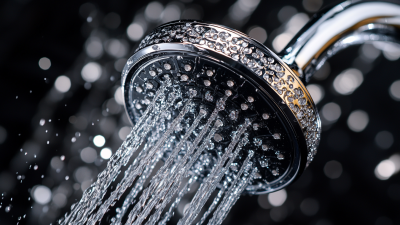
China's Best High Pressure Shower Head Thrives Amidst US China Tariff Challenges
-

7 Unique Benefits of Shower Head Sets You Didnt Know About
-

Exploring Unique Alternatives to the Best Over Head Shower for Your Bathroom Makeover



